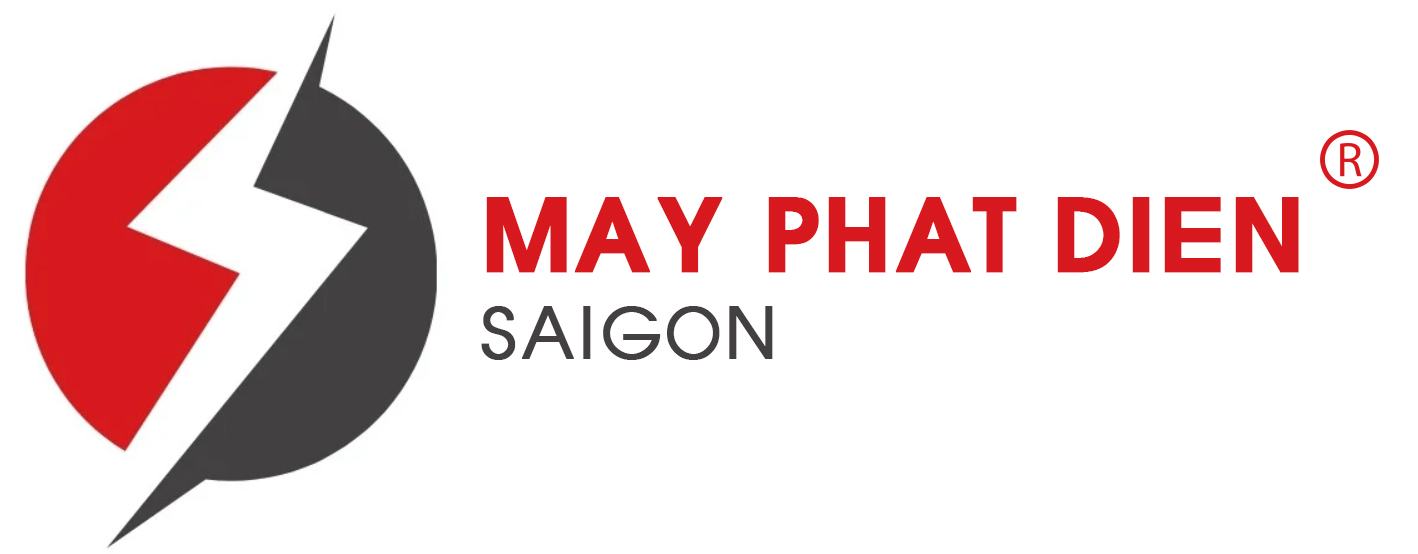The technology behind info center virtualization supplies many positive aspects over classic IT setups. For example , THAT administrators can provision fresh data center virtualization components in a matter of short minutes. This can help boost the time-to-market for new product or service, especially for companies that depend on DevOps clubs. The flexibility of VMs likewise improves general operational performance.
But like any software-driven technology, highly virtualized environments aren’t without their problems. The proliferation of VMs, operating systems, hypervisors, network equipment and even more can confuse data centre management. The goal is usually to minimize assortment and standardize IT facilities to reduces costs of processes, troubleshoot issues, path licenses and integrate systems.
For example , THAT managers are often tempted to introduce fresh application in the data center to test out its capacities. That’s excellent, but if a lot of different types of application are deployed, it can raise the time it takes to troubleshoot issues and reduce performance. It is very also a challenge to monitor and measure the effects of each VM on IT infrastructure.
Another problem is that IT personnel can become also nonchalant regarding spinning up VMs at will. This creates what’s known as VM sprawl. And over time, this can result in lowered application effectiveness, additional costs and more harm surfaces to protect. The solution is to deploy policies and motorisation that house these issues, including limiting the number of VMs per host, monitoring and auditing VMs, identifying nonproductive as well as over- and under-allocated resources and automatically eliminating unused VMs.

